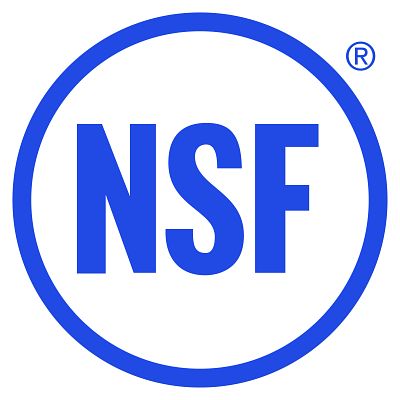Through this partnership, NSF now offers lead service line identification and replacement planning solution for US water utilities.
“NSF’s and BlueConduit’s partnership perfectly aligns with NSF’s mission of improving human and planet health and continues our efforts to remove lead from drinking water. Through utilizing this technology, LSLs are more quickly and efficiently located and replaced, reducing lead exposure to the public. Additionally, water utilities can reduce costs involved with the current untimely and invasive methods for evaluating and replacing LSLs.”
Dave Purkiss, Vice President, NSF
- Tailored, Local Models: Based on unique community analysis, lead/GRR likelihood predictive models are built to ensure the highest accuracy predictions without bias.
- Efficient Classification of Unknowns: BlueConduit LSL Predictions customers spend 90-95% less on service line material identification and complete service line material identification in two to three months, compared to three to 10+ years for physical verification.
- Simple, Clear Written Reports: These reports support full transparency, understanding, and ease of communication and compliance for water systems, regardless of their grounding in data science analytics.
- Delivered Right into Esri: The solution is seamlessly integrated into Esri ArcGIS, a system many water utilities use to monitor outages, water loss, and more. This enables customers to use predictive data alongside other relevant municipal data sets and to take advantage of Esri functionality for Service Line Inventory.
“This partnership allows us to better help water systems utilize predictive modeling to manage LCRR/LCRI requirements, allowing them to compile and maintain inventories and replacement plans as simply, transparently, and efficiently as possible. By increasing efficiencies, water systems can focus on the work that matters – getting the lead out of the ground and ensuring safe, reliable, and affordable water for the communities they serve.”
Lorne Groe, CEO, BlueConduit

